Cable or streaming TV? How to choose?
Streaming TV is newer and shinier, but is it better than cable or satellite? All three services deliver live and on-demand television to your eyeballs, but there are subtle—and sharp—differences.
Cable TV and satellite TV have tons of channels and better video quality. But live TV streaming services are more affordable, flexible, and customizable, which makes them our winner. Let’s dive into the nitty-gritty.
Compare streaming, cable, and satellite
We’ve reviewed and rated our favorite TV services at CableTV.com—these are our editorial best overall picks in streaming, cable, and satellite:
| Provider | Type | Price | Channels | Details |
|---|---|---|---|---|
| YouTube TV | Live TV streaming | $82.99/mo. | 100+ |
View plans Read YouTube TV review |
| Netflix | On-demand streaming | $7.99–$24.99/mo. | Most/best original content |
View plans Read Netflix review |
| Hulu + Live TV | Live TV streaming | $88.99–$99.99/mo. | 95+ |
View plans Read Hulu + Live TV review |
| Philo | Live TV streaming | $28.00/mo. | 70+ |
View plans Read Philo review |
| Fubo | Live TV streaming | $14.99–$94.99/mo. | 50–291+ |
View plans Read Fubo review |
| Sling TV | Live TV streaming | $19.99–$60.99/mo. | 10–48+ |
View plans Read SlingTV review |
| Spectrum | Cable | $40.00–$110.00/mo. | 150–160+ |
Check Availability Read Spectrum review |
| Xfinity | Cable | $35.00–$90.00/mo. | 10–185+ |
View plans Read Xfinity review |
| Cox | Cable | $71.00–$162.00/mo. | 190–290+ |
View plans Read Cox review |
| DISH | Satellite | $96.99–$126.99/mo. | 190–290+ |
View plans Read DISH review |
| Optimum | Cable | $15.00–$140.00/mo. | 50–250+ |
View plans Read Optimum review |
| Sparklight | Cable | $54.00–$131.75/mo. | 20–100+ |
View plans Read Sparklight review |
Data as of post date. Offers and availability may vary by location and are subject to change.
Cable vs. streaming: cost
In the early days of live TV streaming, this was an easy one: streaming is cheaper than cable. But, with top services like YouTube TV and Hulu + Live TV regularly raising their rates, that price gap is closing. Side-by-side, though, live TV streaming still has the edge:
Live TV Streaming:
- YouTube TV: $82.99/mo. (100+ channels)
- Hulu + Live TV: $88.99–$99.99/mo. (95+ channels)
- Philo: $28.00/mo. (70+ channels)
- Fubo: $14.99–$94.99/mo. (50–291+ channels)
- Sling TV: $19.99–$60.99/mo. (10–48+ channels)
Traditional TV:
- Spectrum: $40.00–$110.00/mo. (150–160+ channels)
- Xfinity: $35.00–$90.00/mo.. (10–185+ channels)
- Cox: $71.00–$162.00/mo. (75–250+ channels)
- Optimum: $15.00–$140.00/mo. (50–250+ channels)
- Sparklight: $54.00–$131.75/mo. (20–100+ channels)
Worth noting: Both cable and satellite providers will raise their monthly rates after one or two years of service while you’re still under contract (more on that in a minute). Streaming TV providers’ rates also tend to go up year-over-year, but you’re free to drop those services at any time (read: no contracts).
Winner on cost: Streaming ✓
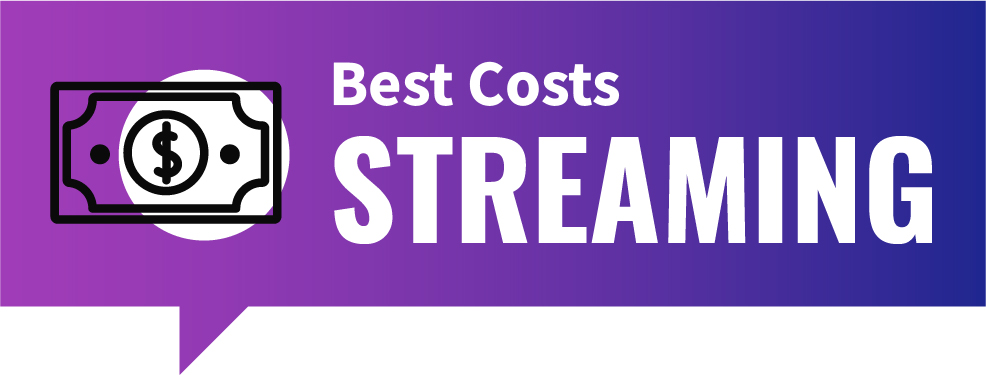
Cable vs. streaming: contracts
With the exception of live TV streaming service DIRECTV STREAM, no streaming provider locks you into an annual contract; month-by-month service and payment are still the rules for streaming TV.
Cable and satellite service, as mentioned previously, often require a one- or two-year contract. Some will nearly double their price after the first year of a two-year contract, which seems like a bait-and-switch even when it’s lined out in the fine print. (Always check the fine print.)
Streaming will likely reach this Hungry Hungry Hippos phase of in-your-face money grabs eventually, but right now it’s relatively transparent.
Winner on contracts: Streaming ✓
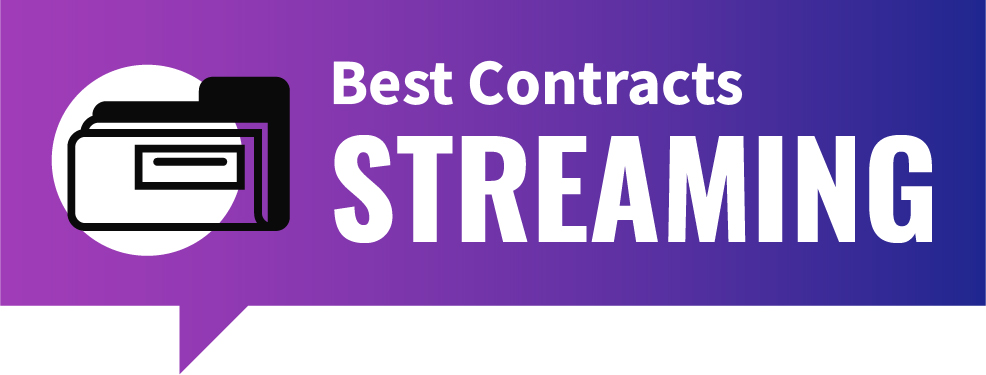
Cable vs. streaming: channels
Only a couple of live TV streaming services have crossed the 100-channels threshold, while cable and satellite TV providers offer multiple plans featuring up to 200 or even 300 channels. They may not be extra channels you actually want (like home shopping and audio-only music networks), but cable and satellite easily win the quantity challenge.
Cable and satellite also beat streaming TV when it comes to sports channels. It’s slowly catching up, but live TV streaming still doesn’t offer uniform distribution of sports channels across different services—there’s always at least one missing (like NBA TV on Hulu + Live TV, or NHL Network on YouTube TV, or any sports channels on Philo).
Sports channels on cable and satellite, on the other hand, are easy to get—even if it means subscribing to a more expensive plan. But now that the NFL SUNDAY TICKET has moved to YouTube TV, streaming TV may become the new go-to for sports content. For now, though, cable and satellite are your best bet for the most channels.
Winner on channels: Cable and Satellite ✓
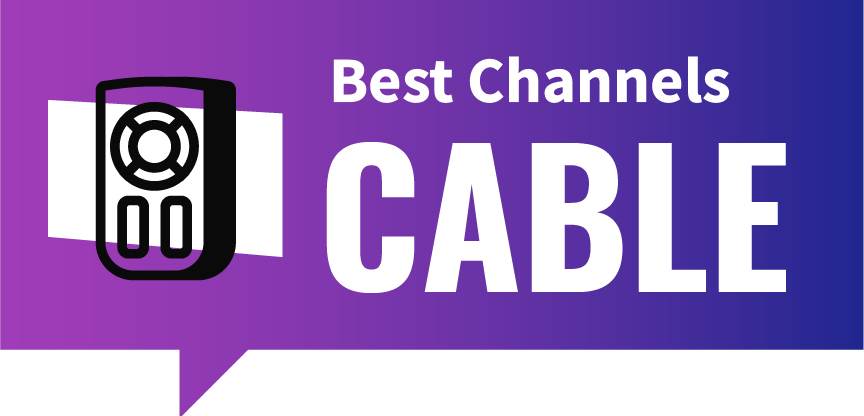
Cable vs. streaming: video quality
While on-demand streaming services like Netflix and Prime Video can reach 1080p HD and even 4K video quality, live TV streaming is mostly limited to 720p video quality. If your internet service or Wi-Fi signal isn’t strong, it can be lower than that and even start—brace for the “b” word—buffering.
With few exceptions, like cable-to-source distances or dish vs. bad weather instances, live cable and satellite TV deliver consistently higher-quality 1080p and 4K picture definition. The difference can be barely perceptible to non-pro TV viewers, but the distinction between 720p and 1080p tends to leave pixel perfectionists perturbed.
Winner on video quality: Cable and Satellite ✓
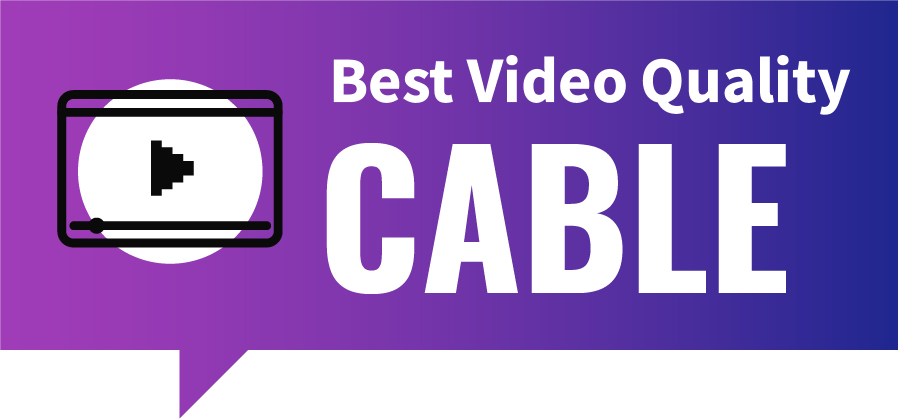
Cable vs. streaming: choices
Streaming TV really shines when it comes to options: cable or satellite service only offers one branded live TV option (with some add-ons for more money), whereas streaming TV gives you several live TV apps and services to choose from, and you can quit them at any time to try another. Say, if you’re not impressed with Sling TV, you can bail and try YouTube TV, but you’re stuck with Xfinity’s TV service.
Streaming on-demand apps open a whole other universe of options. There are thousands of apps in thousands of genres in the Roku Channels store alone, many of which are free with no monthly charges. With cable and satellite, you’re limited to the 50 to 300 channels in your package. Streaming is à-la-carte TV.
Winner on choices: Streaming ✓
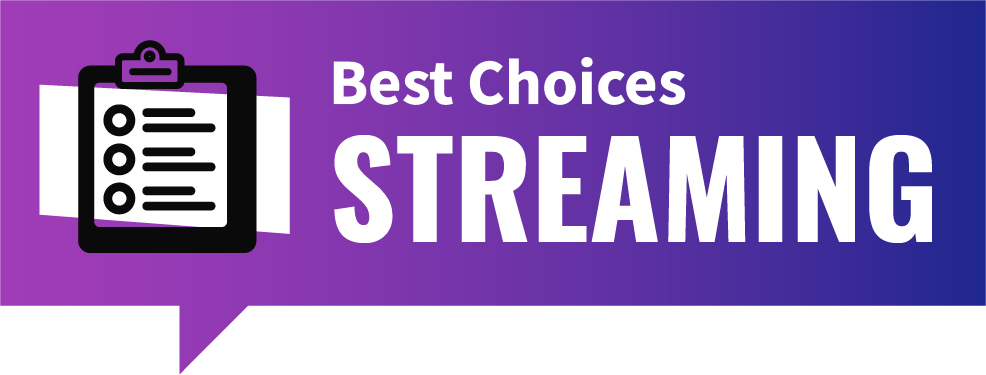
Cable vs. streaming TV FAQ
Are streaming services better than cable?
Yes, streaming services are better than cable, as long as your internet speeds are fast enough for streaming. You can still watch all your favorite live channels while paying less than most traditional cable TV plans.
Can streaming TV replace cable?
Yes, streaming TV can replace cable if you have a strong internet connection. You can get all your favorite live TV channels and on-demand shows with streaming TV.
What are the disadvantages of streaming TV?
The main disadvantages of streaming TV are:
- Slow or weak internet connections may lead to buffering issues.
- Most live TV streaming is limited to 720p video quality.
- Some live TV streaming services don’t offer local channels.
- The prices of affordable on-demand streaming services can add up if you get too many.
Is streaming TV really cheaper than cable?
Yes, streaming TV is usually cheaper than cable. Even affordable cable plans come with hidden broadcasting fees and equipment costs that often add up to more than live TV streaming services like YouTube TV ($82.99/mo.). (However, a recent FCC ruling may make those junk fees more transparent.)

